
Agriculture
November 9, 2023
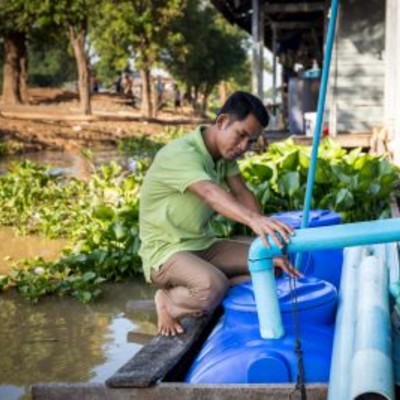
Updated on November 9, 2023
·Created on September 3, 2020
The HandyPod is a wastewater treatment system designed for use in floating dwellings and schools.
The HandyPod is a wastewater treatment system for floating communities. It is inserted under a floating house’s toilet, capturing the raw sewage and treating it within the pod using microbial biofilm processes.
The latest design is ‘amphibious’ to cope with the dry conditions, rather than being targeted for dwellings expected to be permanently afloat. It incorporates a treatment system, which can float with the house, or work equally well on land as required.
Market Suggested Retail Price
$150.00
Target Users (Target Impact Group)
Distributors / Implementing Organizations
Wetlands Work! partners with local businesses to build HandyPods for households and communities. Interview with Representative July 2020
Manufacturing/Building Method
Wetlands Work! trains local businesses and entrepreneurs to build the product using local and sourced materials. Interview with Representative July 2020
Intellectural Property Type
Trade Secret
User Provision Model
This product is distributed by local businesses that have been trained by Wetlands Work!. Interview with Representative July 2020
Distributions to Date Status
The approximate number of Handypods distributed are as follows: 20 units installed in Cambodian schools, 25 units installed in Cambodian lake villages, and 120 units installed in Myanmar. Interview with Representative July 2020
Design Specifications
The HandyPod treatment system is connected to the household or community facility's toilet system to capture the raw sewage and treat it within the pod using microbial biofilm processes. The treated water is then discharged back into the surrounding natural environment. In principle, the HandyPod is composed of two stages of treatment sized for the number of people using the latrine. 1st Stage: The product receives waste and pour-flush water from the latrine pan. This stage provides several days of septic containment which then, with additional pour-flush usages, flows passively by gravity into a second three-day containment stage of treatment. 2nd Stage: The 2nd container contains naturally occurring microbes that respond to the waste as food, including significant predation on the pathogens. The container's extensive internal surface area of microbial biofilm which absorbs the chemicals and particulates that sustain the metabolism and ecology of the microbes. The microbial biofilm activity provides a treated effluent that results in ‘safe ambient water’ next to the discharge pipe.
Technical Support
Wetlands Work! is available to provide technical support to the social enterprise and users.
Replacement Components
Replaceable components can be provided by local businesses trained by Wetlands Work!.
Lifecycle
Approximately 5 years Correspondence with designer
Manufacturer Specified Performance Parameters
The specified performance targets include:
Vetted Performance Status
An early prototype of the HandyPod was comprised of water hyacinths. In the pilot project conducted by Engineers Without Borders with 18 HandyPods tested, water hyacinth was found to be difficult to maintain and was replaced with polystyrene filters. Regular testing was undertaken to ensure that the water quality met Cambodian standards, with the vast majority of HandyPod systems meeting the standard for lakes and reservoirs. Furthermore, surveys of students in schools indicated positive responses associated with the use of toilets connected to the HandyPods. A report was published by Engineers Without Borders Australia and Engineers Without Borders New Zealand.
Safety
There are some potential hazards related to the installation and/or maintenance of the product onto the household or school. To minimize risk, these tasks should be conducted by local businesses trained by Wetlands Work!. Interview with Representative July 2020
Complementary Technical Systems
None
Academic Research and References
None
Compliance with regulations
The HandyPod discharge meets Cambodian water quality standards for recreational waters. Correspondence with designer
Other Information
Wetlands Work! has developed several strategies to introduce the HandyPod to under-developed communities. This includes engaging the village’s floating schools – both teachers and students, beginning with the installation of HandyPod sanitation and the provision of handwashing facilities, then teacher hygiene training. Subsequently, local entrepreneurs are trained to make and market it, and a ‘sanitation raffle’ event is held where 7% of the households win a HandyPod by a lucky draw. Wetlands Works! found that the described strategy successfully creates demand for sanitation within the community. Interview with Representative July 2020

Agriculture
November 9, 2023

Agriculture
November 9, 2023
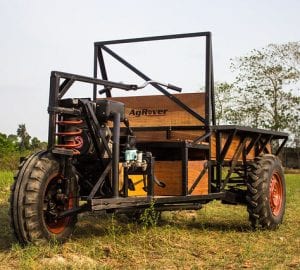
Agriculture
November 9, 2023

Agriculture
November 9, 2023
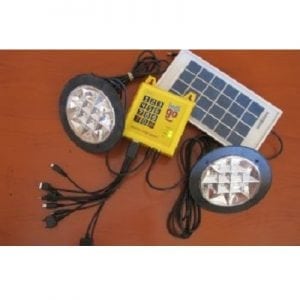
Agriculture
November 9, 2023

Agriculture
November 9, 2023
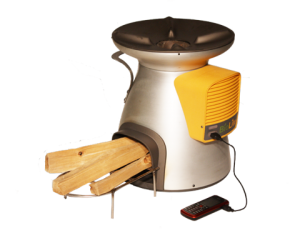
Agriculture
November 9, 2023

Agriculture
November 9, 2023
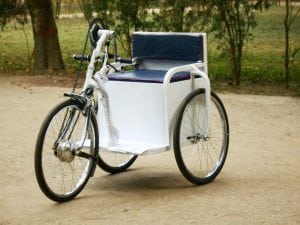
Agriculture
November 9, 2023
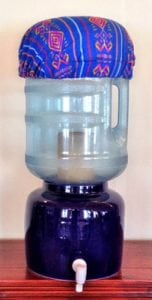
Agriculture
November 9, 2023
Implemented by
Caminos de Agua
Have thoughts on how we can improve?
Give Us Feedback